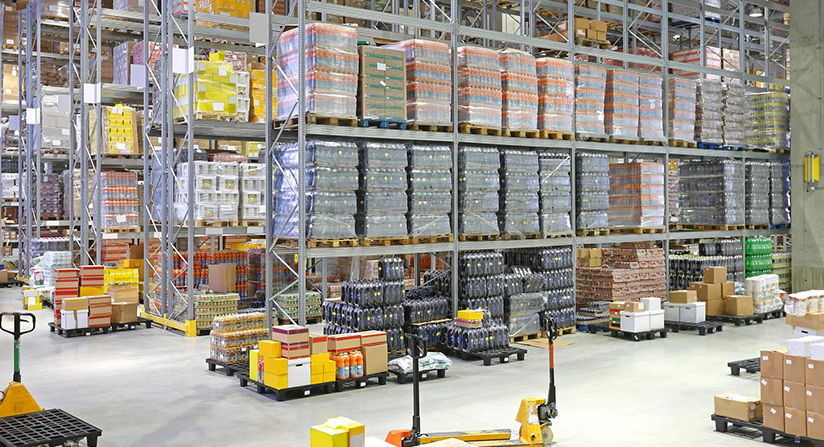How to Sell on Amazon – A Complete Beginner’s Guide
- Olivia Bennett

- Aug 27
- 4 min read
Amazon is the world’s largest e-commerce platform, giving millions of sellers the opportunity to reach customers globally. This guide will take you step by step through everything you need to know as a beginner — from setting up your seller account to making your first sale.

Table of Contents
What is Amazon and Why Sell on Amazon?
Amazon is a global marketplace with millions of daily customers. Selling on Amazon allows you to:
Reach millions of buyers without building your own store
Start with small investment (especially for Individual seller accounts)
Scale globally with Amazon FBA logistics
Benefit from Amazon’s reputation and trust

References / Links:
How to Create an Amazon Seller Account
Step 0: Decide Account Type
Individual Account: For personal, part-time sellers
Business Account: For companies, high-volume selling, multiple users
Step 1: Prepare Required Documents
For Individual Account:
Valid email address
Phone number
Personal bank account → Name must match ID
National ID or residence card
Home address → Amazon verification via postal code or video
For Business Account:
Business registration documents
Business bank account → must match business name
Tax ID / VAT registration
Authorized signatory ID
Business address verification → postal or video
Step 2: Open Amazon Seller Central Signup
Go to Amazon Seller Central
Click “Register Now”
Choose Individual or Business account

Step 3: Enter Personal or Business Details
Full legal name or business name
Email and phone number → verification code sent via SMS
Password setup

Step 4: Bank & Tax Information
Enter bank account info (name must match ID/business)
Add tax info (SSN for individuals, Tax ID for business)

Step 5: Address Verification
Amazon sends postal code verification
Enter code once received
Video verification if required

Step 6: Final Review & Submit
Check all information
Accept Amazon terms & conditions
Submit application
Tip: Use real info only. Keep documents ready to speed up verification.
Methods to Sell on Amazon
Amazon FBA (Fulfillment by Amazon)
Amazon stores, packs, and ships your products
Pros: Prime eligibility, easier logistics
Cons: FBA fees, inventory management
Dropshipping
Seller does not hold inventory
Pros: Low startup cost
Cons: Supplier reliability, slower shipping
Private Labeling
Create your own brand
Pros: Higher profit margins, brand ownership
Cons: Higher initial investment

Choosing Products to Sell
Use tools like Jungle Scout, Helium 10
Analyze demand, competition, and profit margins
Avoid restricted or dangerous products

References / Links:
Checking Product Restrictions & Ungating
Certain categories require approval (Ungating)
Submit invoices, business documents, Amazon forms
Avoid selling restricted items

Pricing, Inventory, & Managing Orders
Use Amazon fee calculator
Track inventory carefully
Automate fulfillment where possible
Advertising vs Organic Sales
Sponsored products vs SEO optimization
When to advertise vs when organic sales work
Budgeting for ads

Receiving Payments from Amazon
Amazon pays every 14 days (depends on account type/country)
Ensure bank account & tax info are correct
Avoiding Account Deactivation
Maintain product quality
Handle complaints promptly
Avoid policy violations
Respond to performance notifications
References / Links:
Final Tips for Beginners
Start small, test products
Use data to scale
Keep learning from communities & resources
📧 Contact Jefferson Wholesale for verified suppliers




Comments